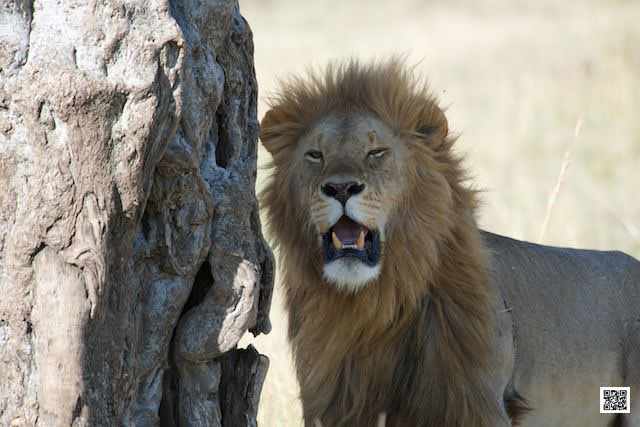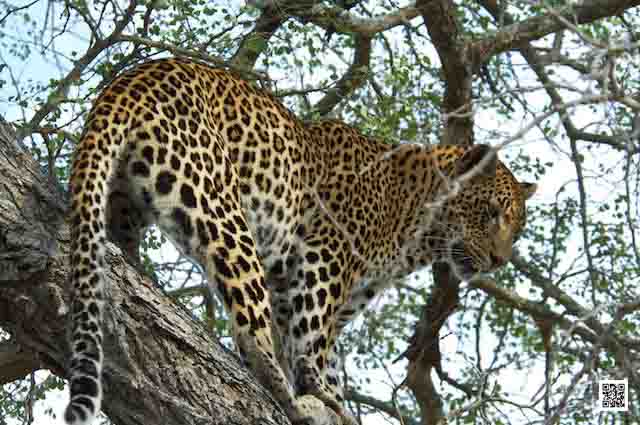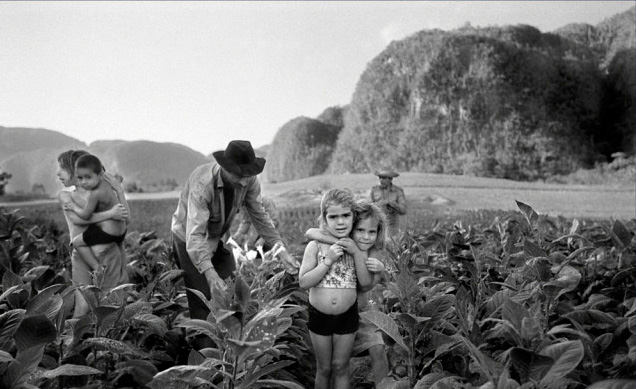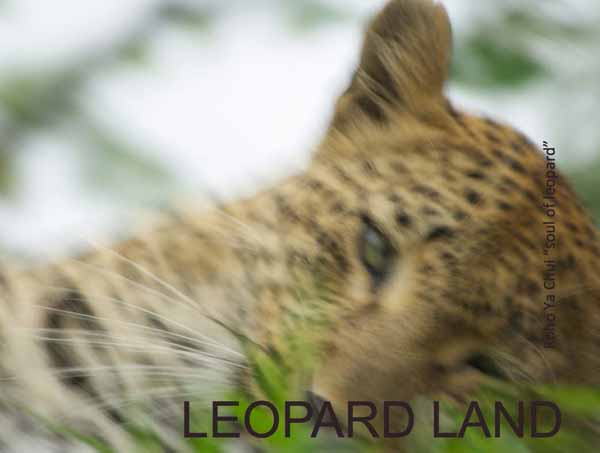10 February 2013
On Photo Safari: The Photographer
16/02/13 09:30 Filed in: Photo Safari

There is lots of attention for camera gear when being on a photographic safari, what lens to bring what settings to use, but there is an essential factor that is often forgotten, the photographer and I don’t mean the ability of the photographer to operate the camera, its something more subtle.
Photo safaris take the guests out on open 4x4 jeeps (strongly recommended to go to places where they are doing it like that and with only 6 people on the vehicle). That means there are two people in a row and if you are lucky you got a row for yourself. Experience from wildlife photography courses taught that it proofed to be hard to get the photographer moving in his/her row, really moving not only leaning over. Wildlife can be on either side of the vehicle or move to the other side of the vehicle and in order to get the best shots the photographer should move too, but often is glued to the spot.
How is this possible? Think of yourself how often you were standing on a spot photographing a scene and getting annoyed that people were walking somewhere on the side or other obstacles suddenly turned up. Did you think of moving yourself to a different spot to get the good shot? One reason to not move is the composition we see just there, but there is more, especially in the bush or other challenging environments. We are feeling comfortable and we like to keep it like that, moving seems then uncomfortable and we resist, stick to where we are and don’t move.
But this is just the point, one got to be willing to move/change in order to get great results and discover different perspectives. Photography is also a physical activity and means physical efforts for the photographer, although its tempting to forget about that, but its crucial.
Keep moving! Keep having fun!
Ute Sonnenberg for www.rohoyachui.com
How Intuition drives Photography
15/02/13 09:29 Filed in: Intuition | Photography & Art

What is intuition? When you know that you got to go to the park today to get the best pics of the swans or that you move just a bit more further to get the better composition of the house or that you just know that you will see a lion today on your photographic safari. You just know, your gut feeling tells you and it always proofs to be right, doesn’t it?
Where would we be in photography without our gut feeling? Would we even go on photographic journeys or to photography courses without it? What makes us creating art? Isn’t it all intuition, our gut feeling?
When do we have success in art and photography? It is the image that you very clearly remember taking in a split of a second and something made you taking it. And you love the image forever, isn’t it that way?
Trust your intuition and keep going.
Happy snapping!
Ute Sonnenberg for www.rohoyachui.com
How Photography will be the Innovation Tool of the Future

At the time that quantum physics was evolving and the scientists were wondering what the discoveries they made would mean for humanity, one of them, David Bohm, started collaborating with Martin Buber, the Austrian philosopher. Bohm wanted to find answers in philosophy how discoveries like “everything is made of the same energy” and “everything is connected to everything else” explain the universe and our role in it. He worked with Buber on his book “I and Thou”, yet he realized that he didn’t find all answers he was looking for. David Bohm concluded that it needs the arts to find comprehensive answers, that it would need the triangle quantum physics, philosophy and art to answer the questions of the universe.
The answers he was looking for might be on their way. Back in his time art was something few people did; nowadays art is something billions do. With a camera in every cell phone pretty much everyone is doing art through photography. It doesn’t need any photography course to wield this amazing tool, one only needs to press the shutter and it goes. By having a broad majority of people doing it, photography has become the connecting art, producing images and answers continuously.
Now, one only needs to learn to read the images to find the answers, connecting quantum physics, philosophy and art in an innovative synergy to conquer the challenges of leadership and life. Visualizing quantum physics and philosophy is innovation at its best, unique, powerful and ready to serve humanity. Next to numerous possible scientific and everyday life applications, photography becomes the key to continuous success in business.
Photography is what David Bohm was looking for. His intuition was right, that the arts were the link.
Ute Sonnenberg for www.rohoyachui.com
Eames: Power of 10 - An Art Project
13/02/13 09:27 Filed in: Photography & Art

In 1977 Ray and Charles Eames created the incredible video Powers of 10 and unfolded for the viewer the gigantic dimensions from the universe on the widest scale to the inside depth of a cell on the smallest scale. This iconic video sparked 40 artists to create a 21st century version, each artist creating a segment in his/her own way.
The project is close to conclusion and promising a very inspiring result. Its going to be interesting what innovative approach was chosen by each artist and what role photography is playing in the result. It must be in, no question, but how and how can the project be used in art classes and photography courses, what will it contribute to photography and what will it teach photographers.
Read more about the powers project here. Watch the iconic video from 1977 here.
Be inspired!
Ute Sonnenberg for www.rohoyachui.com
Carl Zeiss Lenses - A Treasure Passed On
12/02/13 09:24 Filed in: Photography & Art

Carl Zeiss Jena, this magical company of incredible camera lenses in the middle of Germany, surrounded by beautiful forests and touched by the arty spirit of Weimar, where Geothe, Schiller, Liszt and Bauhaus had their home. Their lenses must be magic.
And they are. One of the very famous camera lenses made by Carl Zeiss is the famous Planar 50mm f/0.7, used by Stanley Kubrick in Barry Lyndon, designed by Dr. Erhard Glatzel. Dr. Glatzel passed away and his grandson inherited his camera bag, with a content no camera bag in the world has and with a big surprise.
There where suddenly two lenses that nobody knew about, the Distagon 25mm f/1.4 and the Distagon 18mm f/2.8. They are prototypes and never went into production. Example images can be seen on the original forum post and images of more lenses are available via PetaPixel.
Well, the lenses are not very practical on photo safari, but it would be just amazing to work with them during photography courses to see their magnificent qualities in the challenging light of the bush. Maybe one day the grandson will take them there to give it a try, who knows.
Anyway, its great that there are still surprises in camera gear and special lenses evolve from somewhere.
Keep enjoying photography and maybe have a look into old boxes on the attic, a surprise could be waiting there for you.
Happy snapping!
Ute Sonnenberg for www.rohoyachui.com
How to Learn from Manuel Rivera-Ortiz
11/02/13 09:22 Filed in: Photography & Art

Manuel Rivera-Ortiz is a photographer known for it’s intriguing documentary style photography one connects with the Magnum Photographers.
He was born in Puerto Rico and came with his father and siblings to the United States when he was still very young. Rivera-Ortiz was a good student and worked for years as a journalist for newspapers. Not that long ago he caught the photography bug and since then he inspires with his fine art photography work to address social issues with the camera in a beautiful way.
Rivera-Ortiz only surrendered to photography in 2001 and in 2010 he started the Manuel Rivera-Ortiz Foundation for Documentary Photography and Film, what a wonderful success story.
What does that teach us? Live your dream.
Ute Sonnenberg for www.rohoyachui.com
ePhoto Book: Leopard Land
10/02/13 09:18 Filed in: Photography & Art

It is a place like in a fairy tail, yet it is real, leopard land. This place in the South African bush is heaven for photographers, wildlife lovers and an ideal destination for photographic safaris.
Curious? Have a look here.
Ute Sonnenberg for www.rohoyachui.com